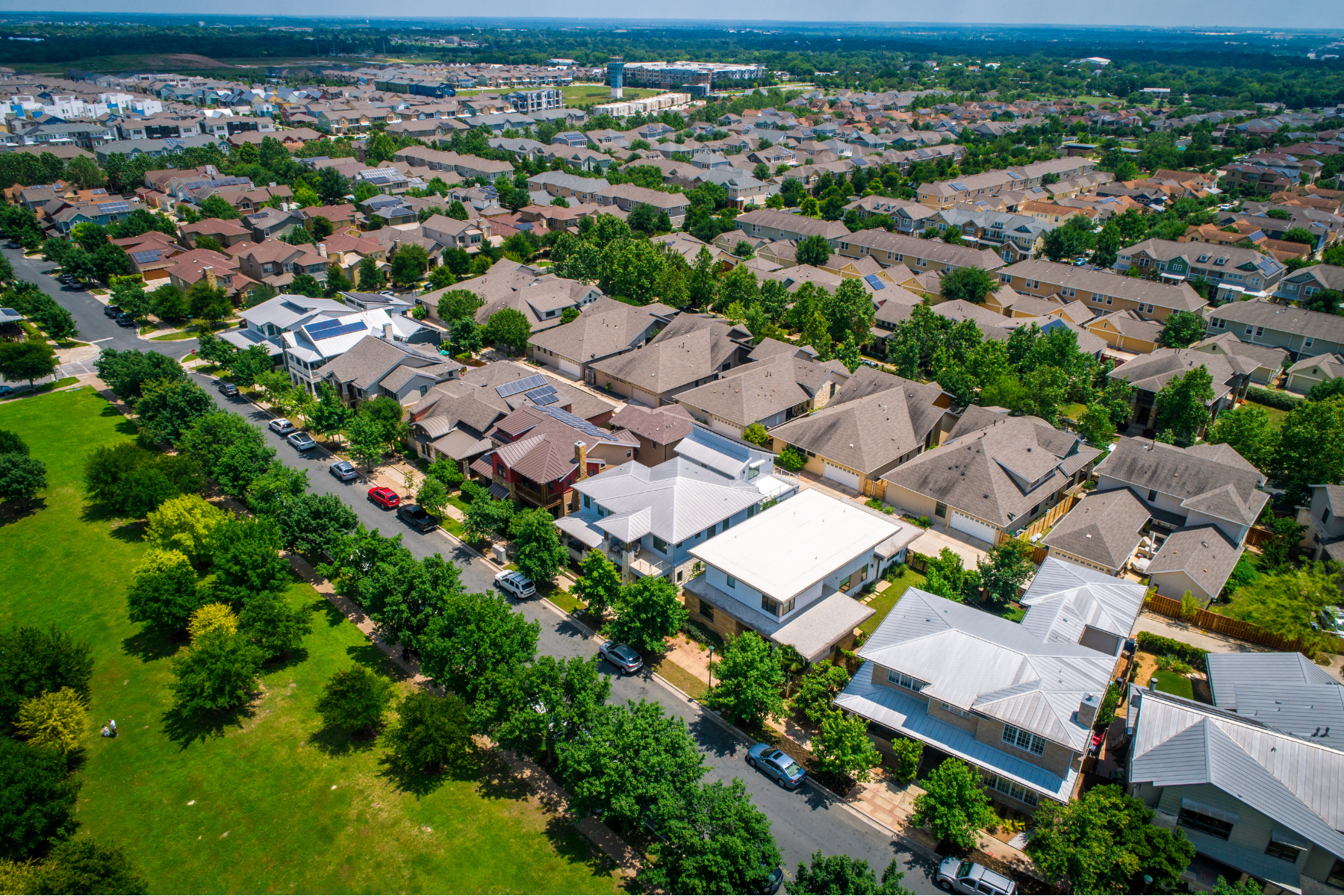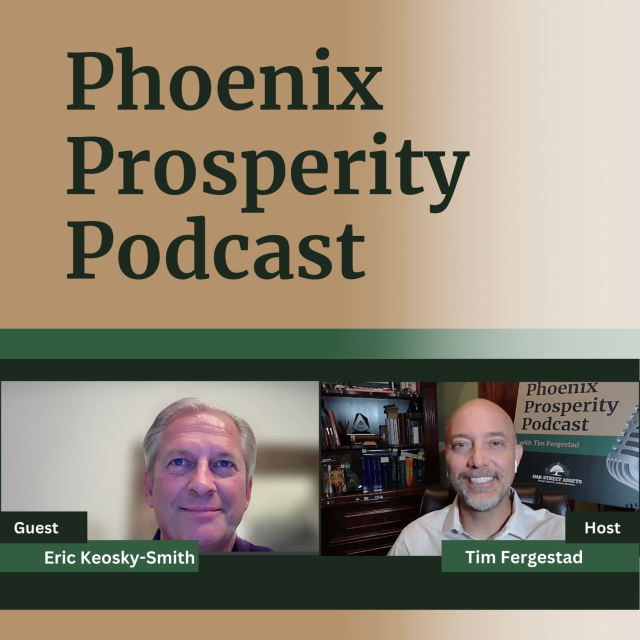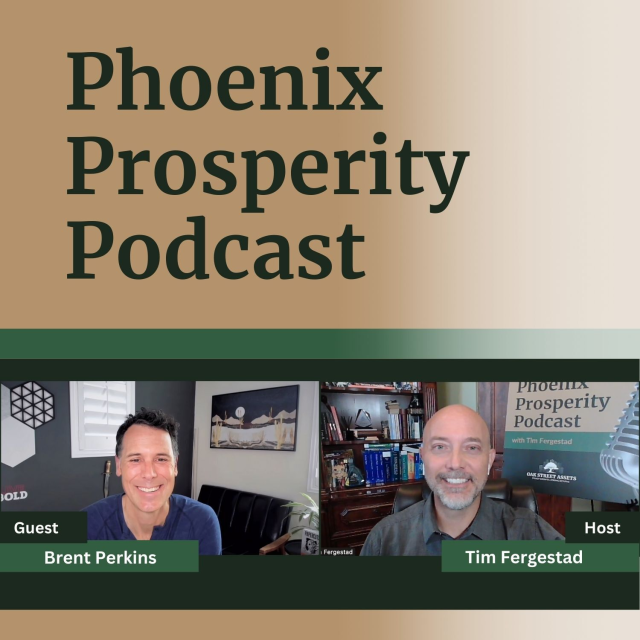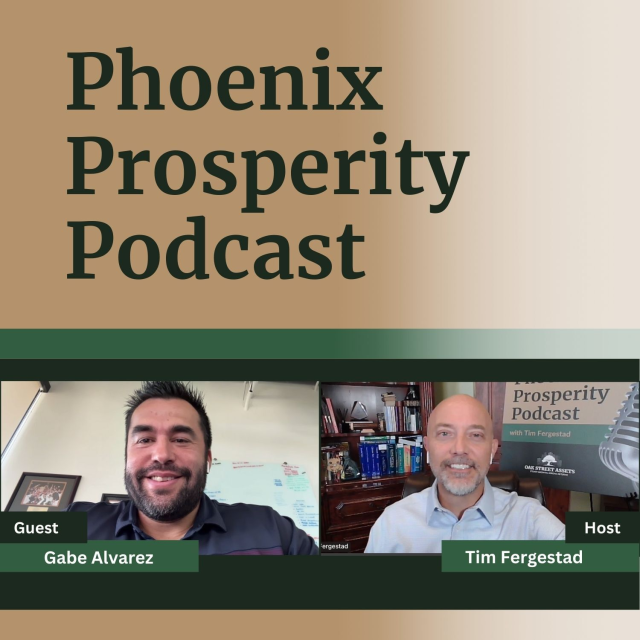You don’t just leave a legacy. You build one.
Introduction
Part I of this series redefined legacy—not as stuff you leave behind, but what you build into your life and family right now. Legacy is about purpose passed on. It’s about living and transferring health, wisdom, wealth, and values in a way that endures.
Now in Part II, we move from theory to action: how do you actually build a meaningful legacy? What systems, assets, and habits prepare your family for generational success?
This is the work of legacy building—intentional effort to raise strong individuals and resilient systems that can carry your values forward.
Pillars of Legacy: More Than Financial
Most people confuse legacy with inheritance. We need to remember that money is just a tool—it’s a terrible substitute for character. In fact, an inheritance without a foundation of values, identity, and capability can become toxic.
The Problem with Modern Inheritance
We’ve seen it again and again: Lottery winners often lose their wealth because they didn’t have the skills and systems to protect and grow it. And families that amass wealth often lose it quickly:
- 70% of wealth is gone by the second generation
- 90% of wealth is gone by the third generation
*Third Generation Curse- 20-year study by the Williams Group of 3,200 families

Why? Because money without wisdom leads to destruction. Without the right mindset, skillset, and heartset, money simply magnifies dysfunction.
Education IS the wealth. Knowledge IS the inheritance
The families who pass down true legacy invest in five categories:
- Spiritual Capital – A moral compass, purpose, and sense of calling
- Relational Capital – Strong marriages, sibling unity, family culture
- Human Capital – Skills, education, emotional intelligence, grit
- Health Capital – Habits of wellness, vitality, discipline, and resilience
- Financial Capital – Investments, businesses, real estate, and estate plans
You’re not just leaving assets. You’re developing asset creators—your family.
Remember, You Will Die. Avoid Regrets!
A final note on balancing life & death before we dive into systems and financials.
The average lifespan in the U.S. is currently 78 years (76 for men and 81 for women).
Some good advice from Todd Henry, the author of Die Empty, is don’t leave anything left in the tank. Don’t waste your best ideas. Don’t leave things undone.
For most people, this means avoid the comfort trap! Don’t get sucked into a life of unfulfilling routines, work and saving money only to forget your dreams! Live with urgency.

💀 Memento Mori is a Latin phrase that means “remember that you must die”.
Memento mori has been used by Romans, Christians, Stoics, medieval artists, Renaissance thinkers, and modern self-improvement circles as a call to humility, urgency, and living with meaning.
Carpe Diem means “seize the day”!
These latin phrases are popular reminders that life is short, so live meaningfully and courageously. Don’t forget about TODAY – be present!
Another insightful book on this topic is Regrets of the Dying by Bronnie Ware, in which she found that most people don’t regret doing dumb things. They don’t regret trying and failing. They regret the things they didn’t do. Here are the most common regrets:
- “I wish I’d had the courage to live a life true to myself, not the life others expected of me.”– Living authentically, not conforming.
- “I wish I hadn’t worked so hard.”– Prioritizing balance, relationships, and presence over endless striving.
- “I wish I’d had the courage to express my feelings.”– Avoiding emotional suppression; being honest and open.
- “I wish I had stayed in touch with my friends.”– Nurturing relationships and community.
- “I wish I had let myself be happier.”– Realizing happiness is a choice; releasing fear, habits, and old patterns.
Some of the best advice for living I’ve heard, is to simply be intentional with your time, and thus, your life. If you get into a pattern of going through the daily routines without looking up, you could miss it. I’ve found that annual planning and quarterly reviews help reassess what is important as life changes.
The Steps to Building Legacy
✅ 1. Define and Live Your Values Consistently
Do you live by a code? Like the ancient warriors?
What are your family values? How do you share them?
Before anything is passed on, it must be lived out. Your children and heirs will follow what you do, not just what you say.
- Family values – Clarify and document the principles your family lives by.
- Do you model integrity, resilience, faith, gratitude?
- Do your routines reflect your priorities?
- Are you generous, curious, and disciplined?
Family behaviors start with the example you set.
Don’t try to teach values—live them and invite your family into the experience.
🛡️ 1.5 Define & Celebrate Your Family Heritage
Part of a true legacy is giving your children a sense of who they are, what they stand for, and how to navigate life. This includes:
- Research your roots: Trace your ancestry and document family traditions, recipes, heirlooms, or pivotal stories.
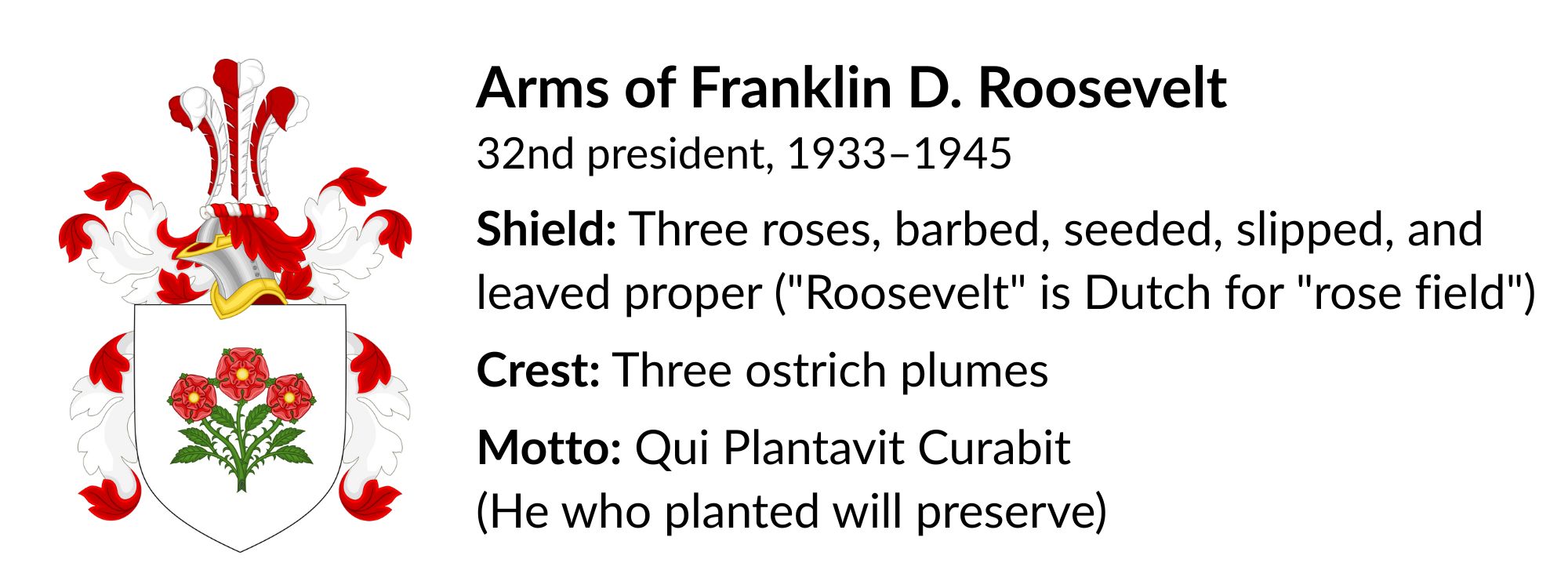
- Family crest and motto – These symbolic elements aren’t just decoration; they are identity tools. When a child knows what their name stands for, they carry themselves differently.
- Create a family crest, logo, or motto that embodies your family’s mission, values, or identity. There are online services that can help to varying degrees.
- Use symbols and rituals to anchor family culture—place the motto in your home, or use the crest in letters, gifts, or family gatherings.
- Name what your family stands for, so children and grandchildren develop a sense of who they are and what they represent.
- Rites of passage – Don’t let culture be the only voice telling your kids who they are. Design moments that mark their growth into maturity and purpose.
- By crafting these moments, families can instill a sense of belonging, purpose, and continuity that echoes through generations.
- Similar to Bar/Bat Mitzvahs and the Quinceañera, a growing trend of user-created #ModernRitesOfPassage events are being created to socially mark the transition to adulthood. Other adults in the community often share wisdom as individuals receive more rights and responsibilities associated with growing up.
- Shared stories and traditions – Your family narrative becomes a guiding compass. Tell the stories. Celebrate the wins. Reflect on the struggles.
Legacy begins with identity. Discover and create your own Coat of Arms, Motto and Story. While values are lived, identity must be named and reinforced. As our families grow and cultures change, we need to update and reinforce our identity. This can be something you do together creating much more connection.
When a child knows, “This is who we are,” they gain the clarity to navigate difficult decisions, peer pressure, opportunities, and setbacks.
Example mottos: ”Be happy with what you have, while working for what you want.” “Fergestads work hard, speak truth and love deeply.” ”Union makes strength” – Belgian Monarchy
When your family knows where they come from, they’re more equipped to face life’s challenges.
🧭 2. Articulate Your Story
Your family story is one of your most powerful legacy tools.
- What challenges shaped you, your family or your ancestors?
- What beliefs guided you through trials?
- What regrets taught you something worth passing on?
Take time to record your story in writing or video. Share it at family gatherings or include it in your estate plan. When your story is heard, it becomes part of the family’s operating system.
I like this maxim, ‘If they don’t hear your story from you, they’ll write one about you.’
🛠️ 3. Transfer Wisdom, Skills, and Health Habits
Legacy isn’t something they “get” when you’re gone. It’s something they’re formed by while you’re alive.
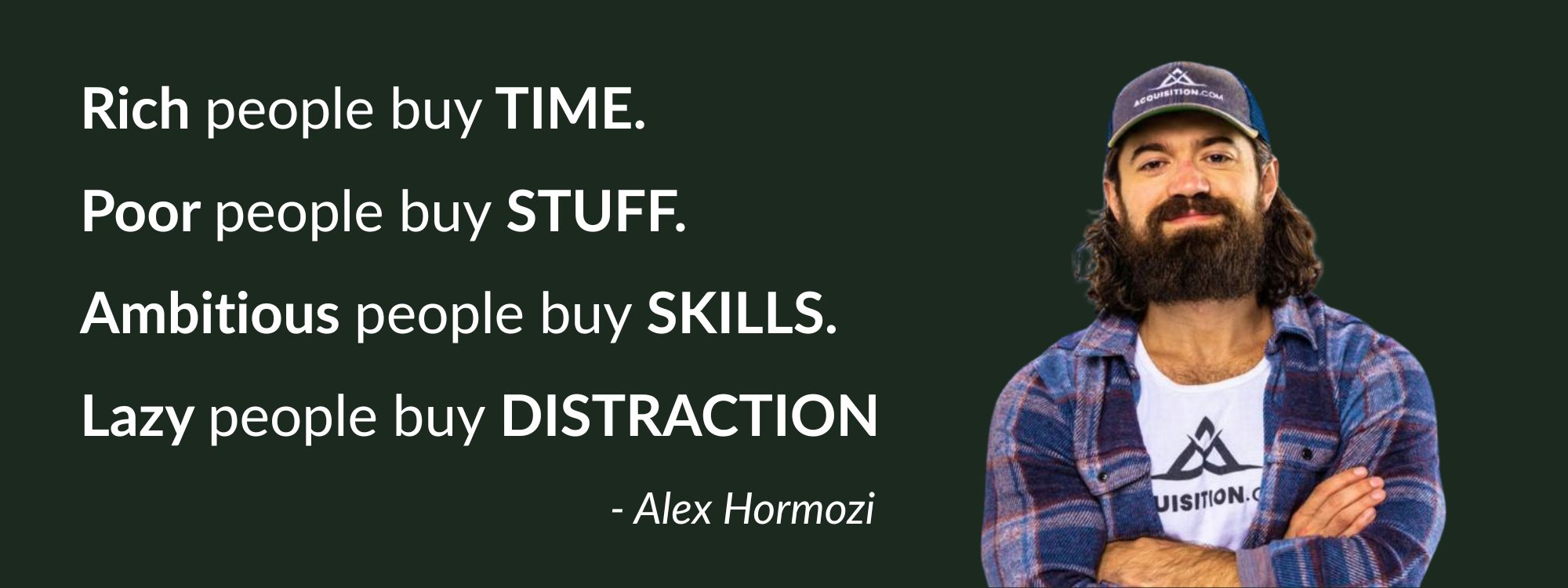
Generational wealth is not via assets but EDUCATION (skills).
Give your family the tools, not just the toolshed.
In addition to the core values shared by your family, there are plenty of other virtues needed to navigate the challenges of modern life. In addition to practical skills, which we’ll touch on below, children need to develop emotional resilience and be spiritually grounded more than ever. This comes from being intentionally exposed to spiritual influences and the realities of life (eg. funerals). Don’t coddle. Do things WITH them, not FOR them.

Getting participation at earlier ages is usually easy as children love playing ‘house’ and ‘work’. Kids mimic what they see and they are always watching! Don’t underestimate their ability to learn and participate.
Special note on matching difficulty to skill:
Healthy struggle is where the growth happens.
Kids need to be able to deal with difficult things but exposing them to tasks that are not important or too easy and they lose interest. *pro tip- increase the challenge/fun of easy tasks (eg. make easy tasks a race).
Challenge them with tasks that are too difficult and they check-out or worse, they lose confidence in their abilities.
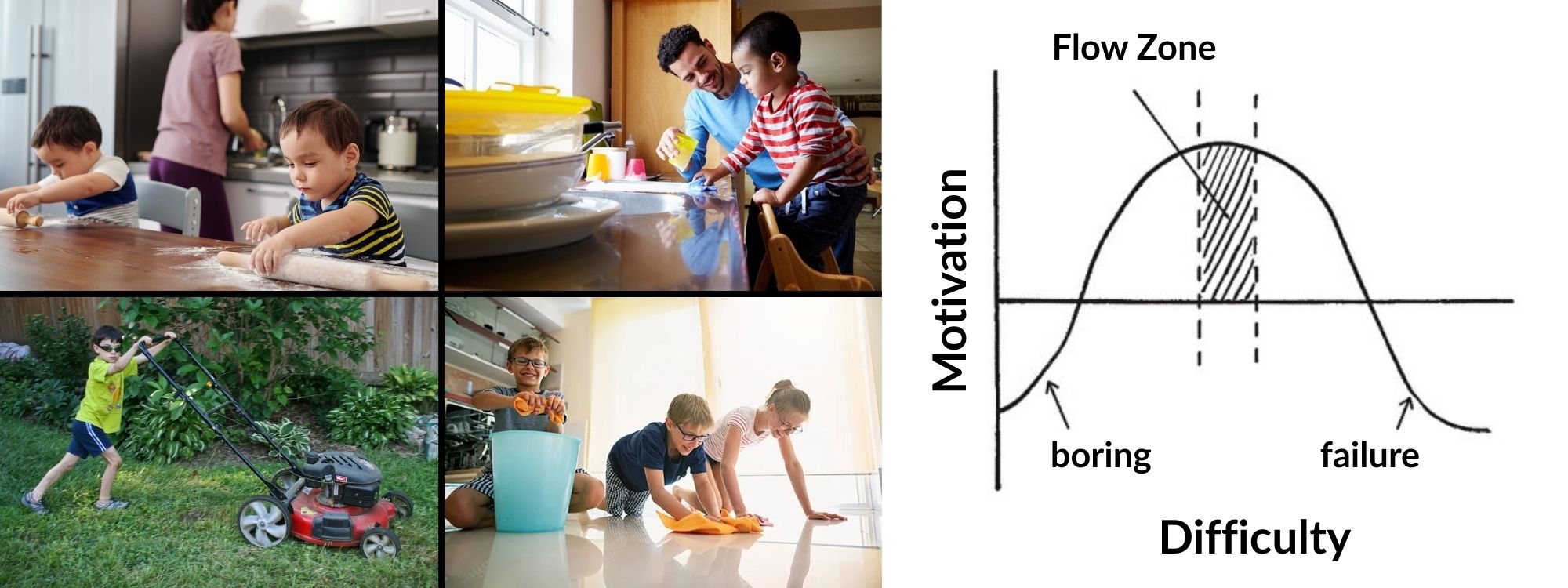
General rule: start with easy wins and build off them to more challenging tasks.
The earlier they participate, the more prepared they’ll be to carry it on.
- Host regular family meetings or retreats.
- Teach basic life skills: how to focus, be compassionate, negotiate with others, and lead.
- Expose them to work early—chores, helping with a side business, shadowing you on the job can all help them get an idea of how we provide value in the marketplace.
- Share the business and investment vision.
- Mentor them in how you make decisions.
- Share the business and investment vision.
- Teach financial capability & value creation.
- Only pay children for doing something of value.
- Dr. W.S. McBirnie was among the first to point out that allowance is a form of socialism. Paying children for existing is a bad precedent. We all brush our teeth and clean up after ourselves as responsible and courteous humans.
- Pay children for finding and doing things that solve problems and add value.
- Only pay children for doing something of value.
- Involve them in investments, shopping, or giving decisions.
- Teach them what money really is, a store of value.
- Teach them that money needs a purpose, put it to work!
- Let them lead projects, steward gifts, or manage a small fund.
- Develop a charitable giving strategy together.
- let children and grandchildren help choose cause(s).
- There are a number of companies out there that setup accounts and help teach financial stewardship (ask us about our favorites).
‘A wealthy person has a thousand dreams, a sick person has but one.’
- Model and teach health: nutrition, fitness, discipline, and rest.
- Thankfully this is the best time in history to be alive. There has been a renaissance in the health industry and we now have more tools and information than ever to not only live longer but also live better.
- Not only does quality sleep, eating appropriately and exercising with resistance training and zone 2 cardio keep you fit, but it gives you the energy needed to live a full and active life.
🏀 3.5 Benefits of Playing Sports
I feel that participating in sports deserves special mention as it combines many of the aspects listed above. Participating in sports is a great way to teach the benefits of doing hard things, physically, mentally and socially.
Physical:
- Builds strength, fitness, and coordination.
- Supports healthy growth and weight.
- Lowers risk of health problems later in life.
Mental & Emotional:
- Reduces stress and boosts mood.
- Improves focus, discipline, and confidence.
- Teaches how to handle wins and losses (adversity).
Social:
- Builds teamwork and communication skills.
- Creates friendships and a sense of belonging.
- Teaches respect for rules, coaches, and peers.
Life Skills:
- Encourages goal-setting and persistence.
- Develops responsibility and time management.
- Builds resilience and character.
In short: sports help people grow stronger, think sharper, and connect better with others.
Legacy builders raise leaders, not dependents—and healthy ones at that.
Leave More Than Assets
A lasting legacy is about wisdom, character, and relationships—not just material wealth. When you invest in your loved ones’ growth, connect them to your family’s story, and equip them with both knowledge and heart, you set them up to thrive for generations.
This is the first half of a family constitution. The foundational part of system to sustain the family story and values. The people in charge of a family legacy need to know who they are and what the family mission is in order to maintain the financial structures we discuss in the second half of such a document (addressed in the next article).
Conclusion
Legacy isn’t created in a moment. It’s shaped through years of intentional modeling, teaching, investing, and connecting. While creating a legacy for generations is a worthy goal, remember to be present and live thoroughly now and accumulate those ‘memory dividends’!
In Part III, we’ll explore how to further preserve and protect your legacy over time: how to ensure that what you’ve built continues to thrive for generations.
Until then, remember: Legacy may not start with documents, but it continues through intentional systems!
What’s Next: Structuring a Legacy That Endures
This series hopes to guide you through designing, building, protecting, and living your legacy:
Part I: Redefining Legacy – It’s not about net-worth
Part II: Building the Legacy – Creating assets of health, wealth, and wisdom
Part III: Protecting the Legacy – Structures, trusts, and family systems that endure
Part IV: Living the Legacy – Daily practices, coaching, and modeling that keep your legacy alive
Reach out to learn about the systems, affiliates and resources we are using to create our legacy.
Book a call here.




